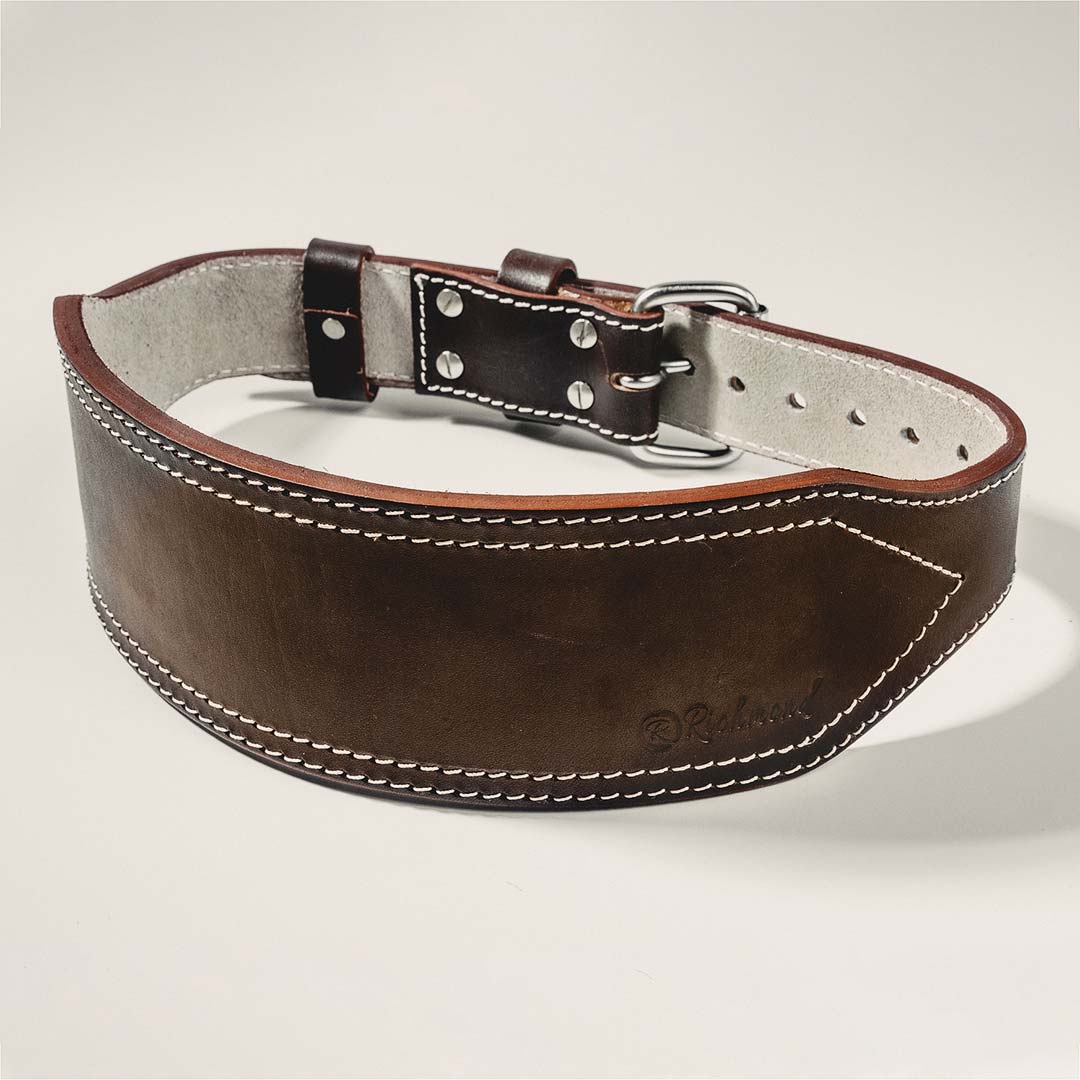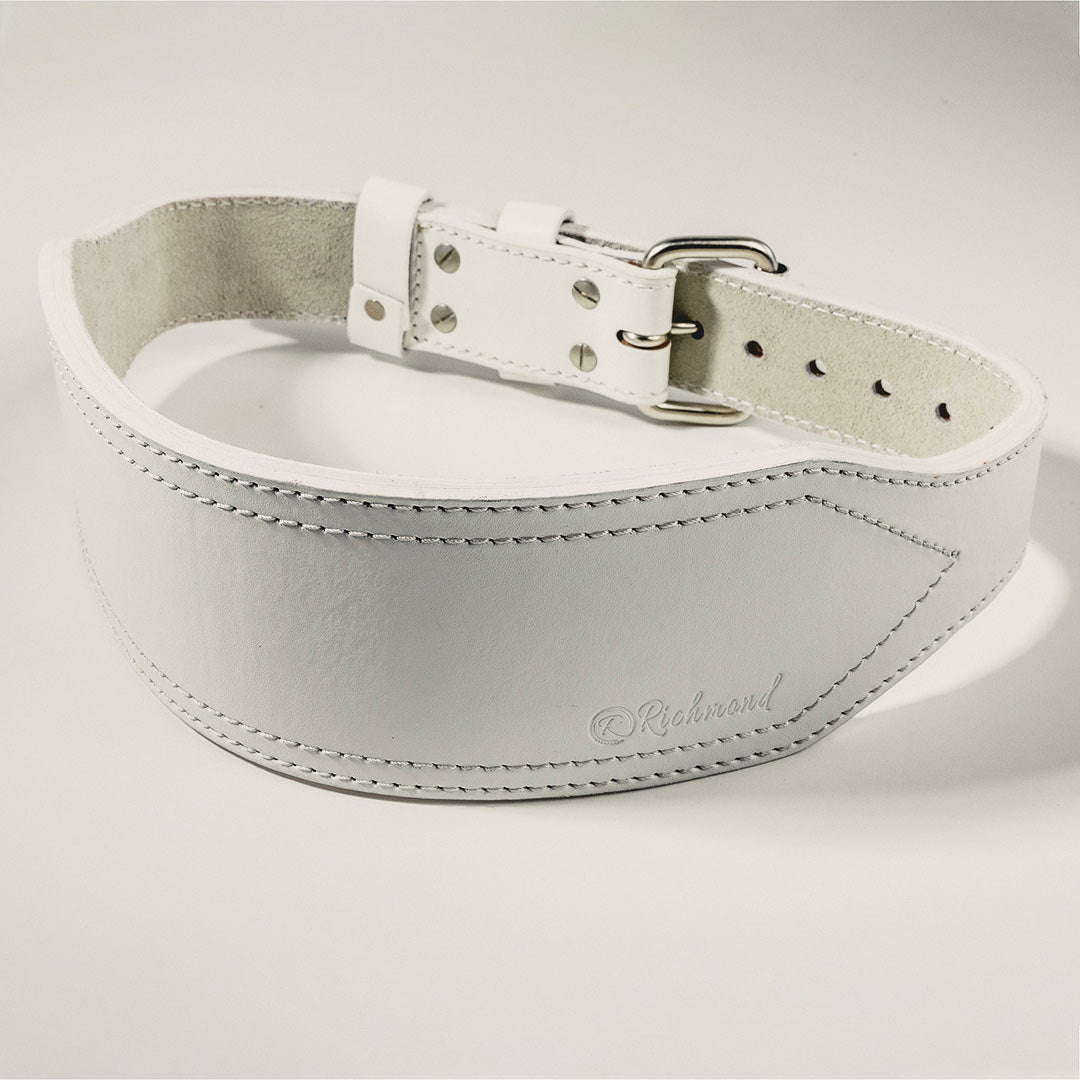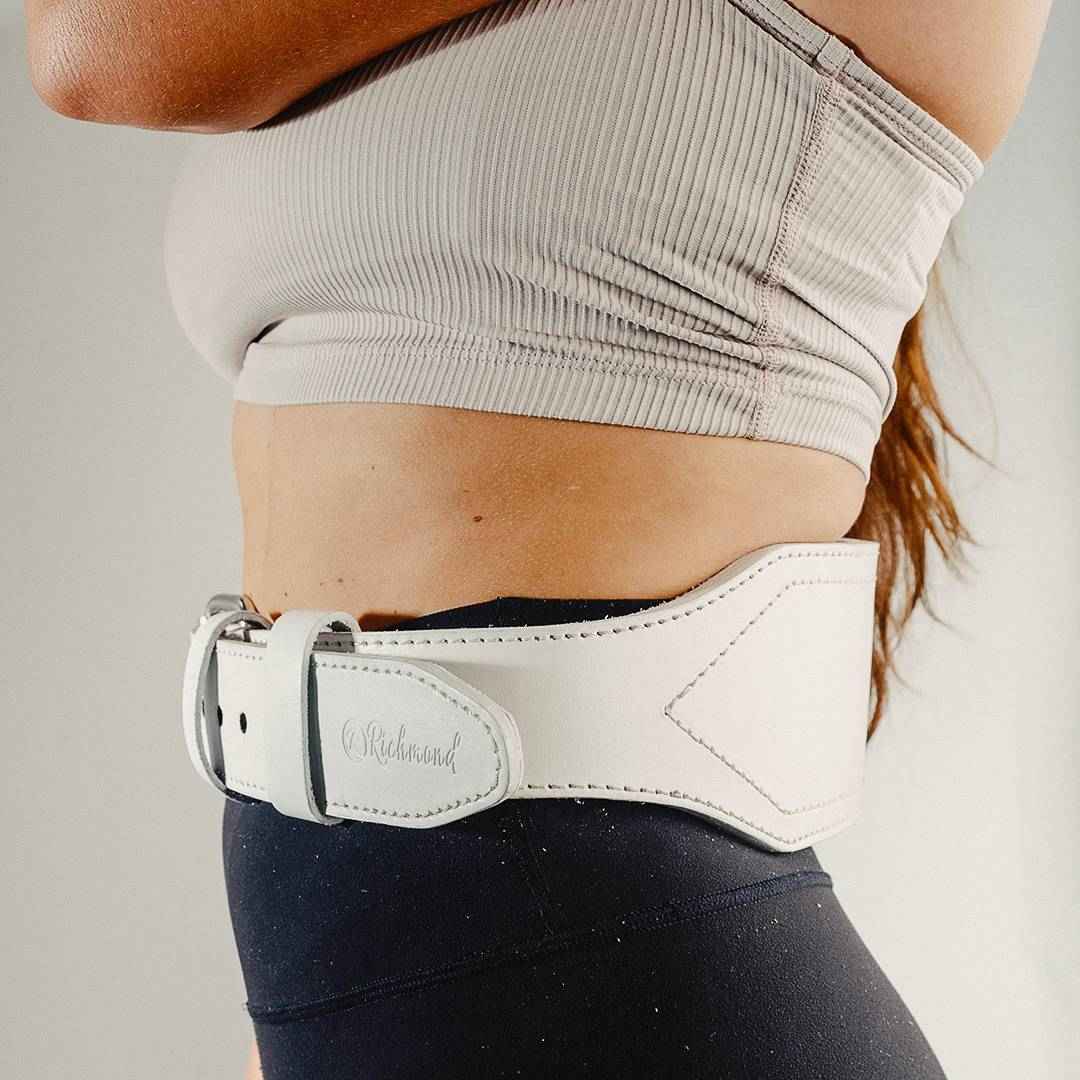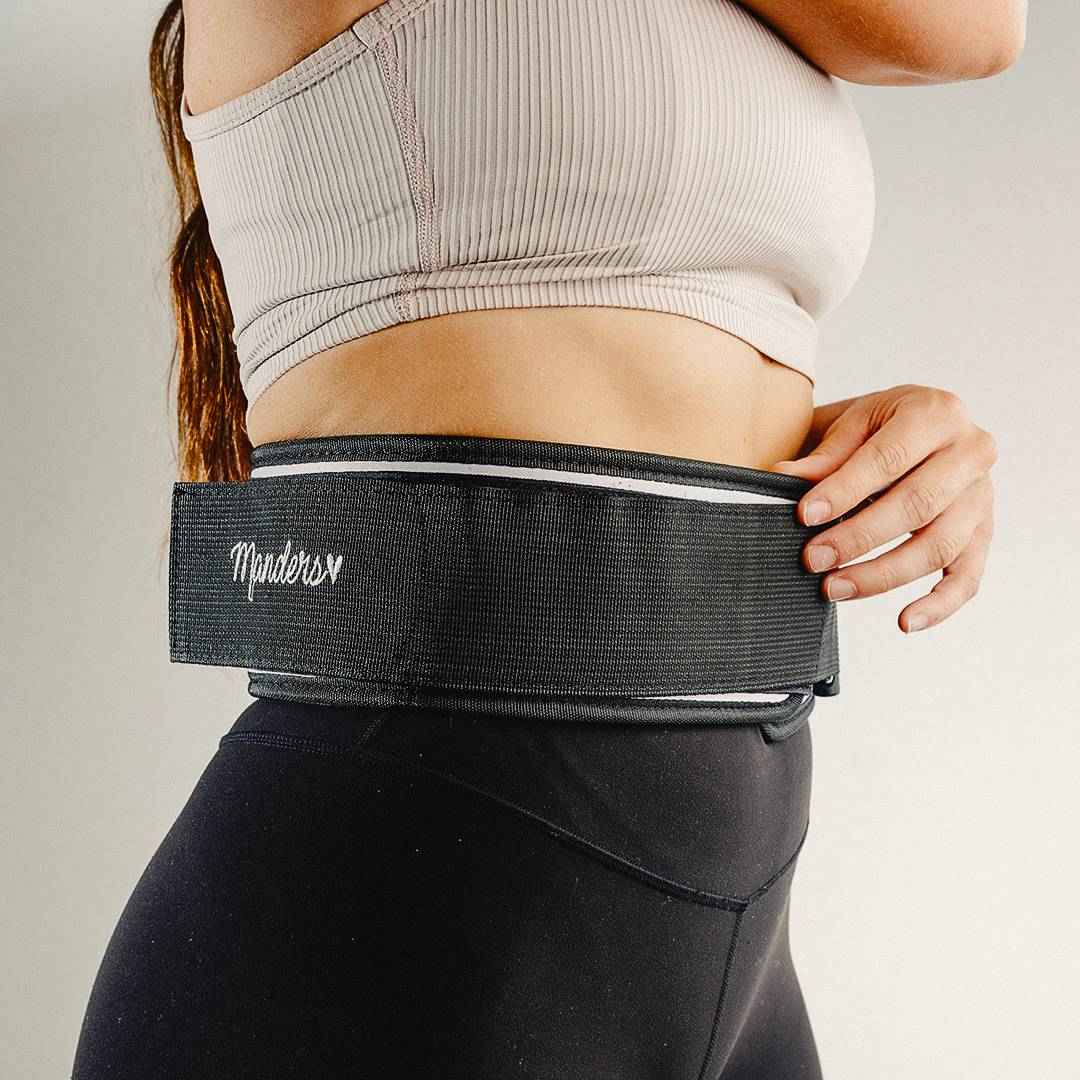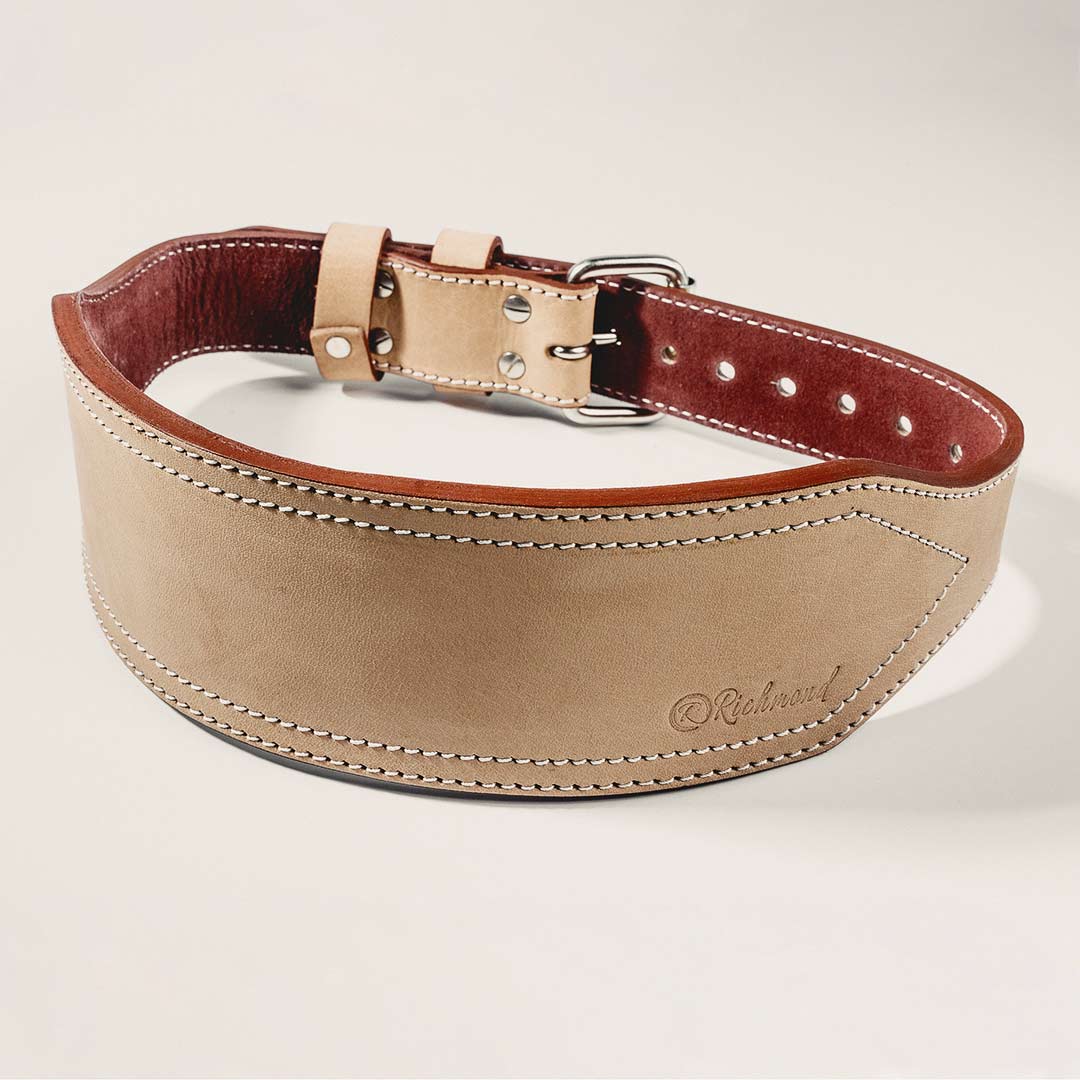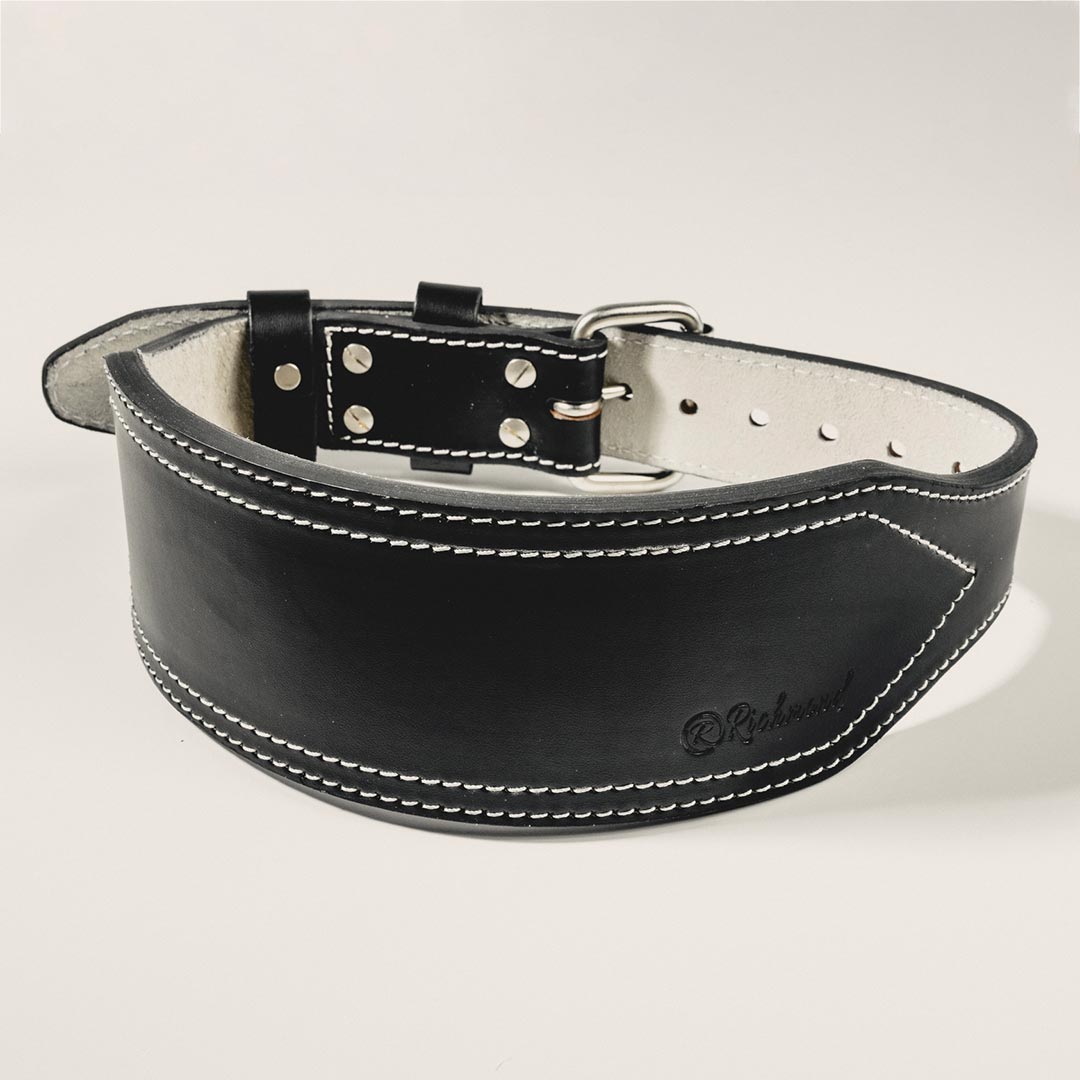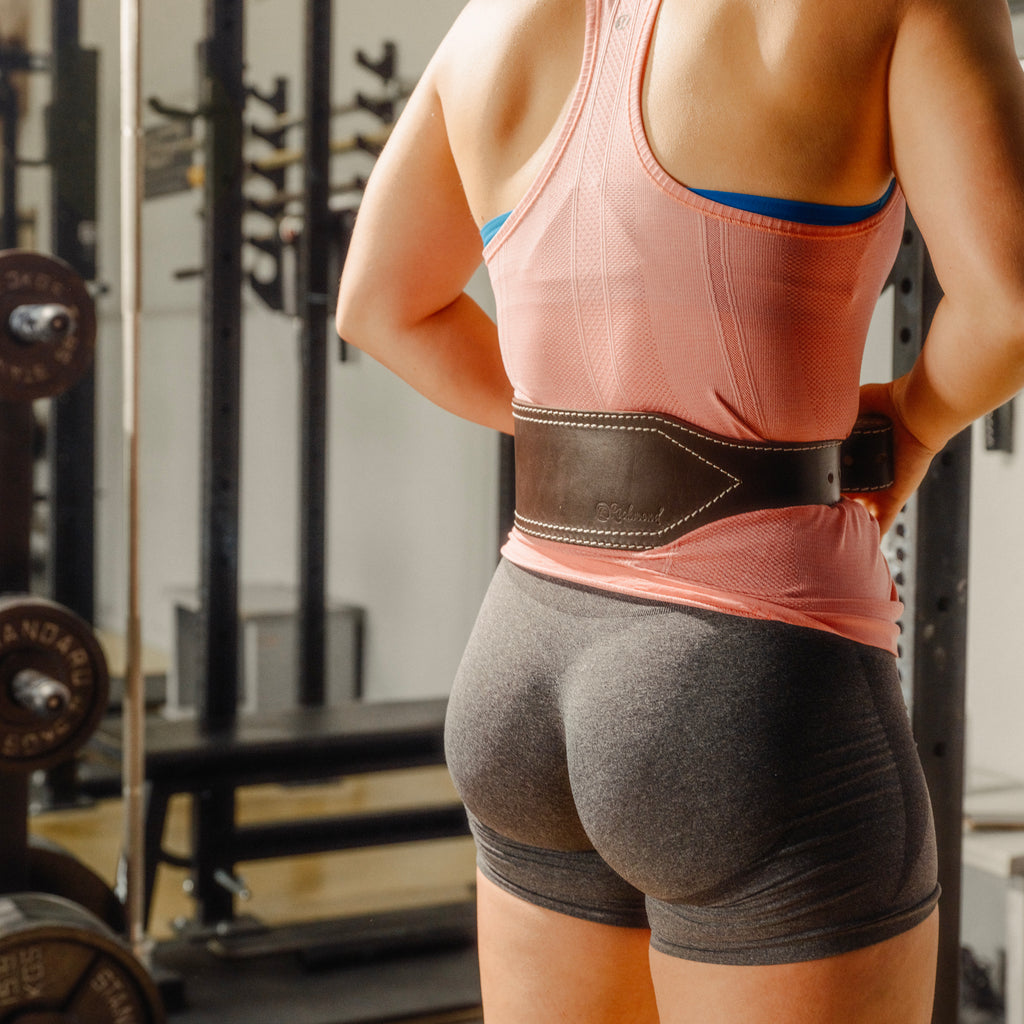
The Reasoning and Importance of Wearing a Weight Lifting Belt

Weightlifting is a sport to some and a challenging and rewarding activity to others. Regardless of your goals, performing the olympic weightlifting movements in your training can be extremely beneficial. Whether you're a seasoned athlete or a fitness enthusiast, it's crucial to prioritize safety during your workouts. One piece of equipment that has sparked debates and discussions among weightlifters, CrossFit athletes and general fitness enthusiasts is the weightlifting belt. In this blog post, we will delve into the reasoning behind wearing a weight lifting belt and highlight its importance in ensuring proper form, stability, and injury prevention.
1. Supporting the Core:
The primary purpose of a weightlifting belt is to provide support to the core muscles, particularly the lower back and abdominal region. As you lift heavy weights, the belt acts as an external stabilizer for your trunk, increasing intra-abdominal pressure. This pressure supports the spine and reduces stress on the lower back, minimizing the risk of injuries and promoting proper form.
2. Maintaining Proper Form:
Maintaining proper form is crucial for both safety and performance in weightlifting. When you wear a weightlifting belt correctly, it acts as a physical cue, reminding you to engage your core and maintain a neutral spine position. The belt encourages a more upright posture, preventing excessive spinal flexion or extension during lifts. By reinforcing proper form, the belt allows you to lift heavier loads safely and effectively.
3. Injury Prevention:
Weightlifting, particularly with heavy loads, puts significant stress on the musculoskeletal system. The lower back, in particular, is susceptible to strains and injuries due to excessive loading or improper technique. Wearing a weightlifting belt can help reduce the risk of lower back injuries by providing additional support and stability. The belt acts as a protective mechanism, limiting excessive movement and maintaining the integrity of the spine.
4. Confidence and Mental Focus:
Weightlifting requires mental focus and confidence to perform at your best. Wearing a weightlifting belt can contribute to both aspects. Knowing that you have additional support for your core can boost your confidence, allowing you to push through challenging lifts with more determination. The physical sensation of the belt can also serve as a psychological anchor, helping you channel your mental focus and concentrate on your form and performance. There is significant evidence supporting the fact that it allows you to lift heavier loads than you would be able to without one during many exercises.
5. Situational Use and Individual Differences:
It's important to note that a weightlifting belt should not be used as a substitute for proper training, technique, or core strengthening exercises. It is not necessary for every lift or every individual. Athletes who have built a solid foundation of core strength and possess excellent lifting mechanics may find less need for a belt. Additionally, weightlifting belts are typically more beneficial for exercises involving the lower back, such as squats and deadlifts, rather than movements that target other muscle groups.
Conclusion:
While the use of a weightlifting belt remains a topic of debate, there are clear benefits to wearing one during heavy lifting sessions. The belt supports the core, maintains proper form, prevents injuries, and boosts confidence and focus. However, it's essential to remember that a weightlifting belt should complement proper training techniques and core strength development, rather than replace them. However, you should consider wearing a belt in your training and in competition settings, due to the fact that it is shown to increase performance in strength movemeants and prioritizing safety and proper technique should always be at the forefront of your weightlifting journey.


